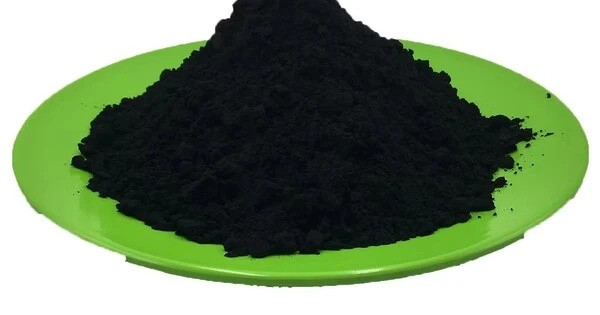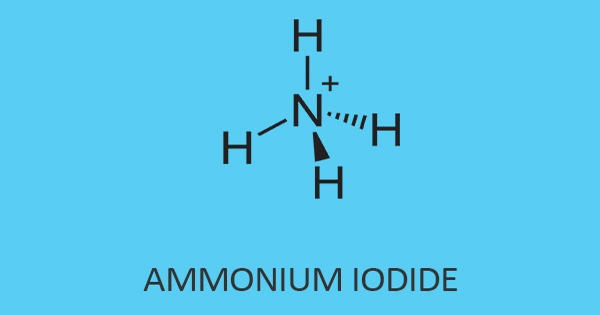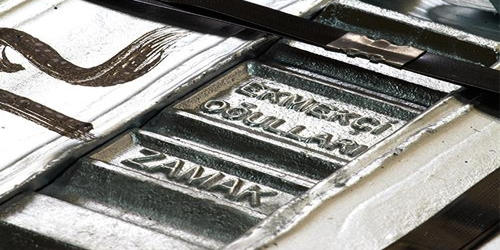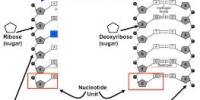Thulium nitride is a binary inorganic compound of thulium and nitrogen with the chemical formula TmN. It is part of a class of compounds known as rare-earth metal nitrides. It can be prepared by reacting thulium amalgam with nitrogen at high temperature. It is typically a solid, often appearing as a black or dark gray powder or crystal. Being a rare-earth nitride, it can exhibit interesting magnetic properties due to the presence of the magnetic thulium ion (Tm³⁺), which has a relatively high magnetic moment.
Due to its magnetic properties, TmN could have applications in magnetic materials, particularly in high-performance magnets or devices that require specific magnetic characteristics. It may be used in electronics, especially in devices that operate at high temperatures or in harsh conditions.
Properties
Thulium nitride crystallises cubic system with Fm3m space group. It has a sodium chloride structure. TmN is typically insulating or has low electrical conductivity under normal conditions. Some rare-earth nitrides can have ferromagnetic or paramagnetic properties, but TmN itself is generally paramagnetic at room temperature.
- Chemical formula: NTm
- Molar mass: 182.937
- Density: 9.321 g/cm3
Chemical properties
It reacts with Tm2In at 1220 K to form (Tm3N)In. TmN is typically stable under normal conditions but can react with water, acids, and oxygen, especially at high temperatures. It forms thulium oxide (Tm₂O₃) when exposed to oxygen. As a ceramic material, it is typically an insulator to semiconductor in terms of electrical conductivity, though this can depend on specific conditions and doping.
Occurrences
Thulium Nitride is not found naturally in its pure form but is typically synthesized in laboratory or industrial settings. It is a compound that can be obtained by reacting thulium metal with nitrogen gas at high temperatures, typically under conditions of high pressure.
Thulium itself is a rare-earth element found in trace amounts in minerals like monazite and xenotime, which are rich in rare-earth elements. It is often extracted through complex processes that involve the separation of rare-earth elements from ores, usually by means of solvent extraction and ion-exchange techniques.
Applications
- High-Temperature Materials: Due to its thermal stability, Thulium Nitride is sometimes explored for use in high-temperature applications, such as coatings for high-temperature components or in aerospace technologies.
- Magnetic Materials: While Thulium itself exhibits strong magnetic properties, Thulium Nitride may have potential in magnetic materials research, particularly in the context of rare-earth-based materials.
- Optical Applications: Thulium compounds, including nitrides, are sometimes studied for use in laser systems and infrared technologies, as thulium exhibits sharp emission lines in the infrared range.
- Catalysis: Some rare-earth nitrides, including TmN, may also be studied for their potential catalytic properties, particularly in processes involving high-temperature reactions.
















